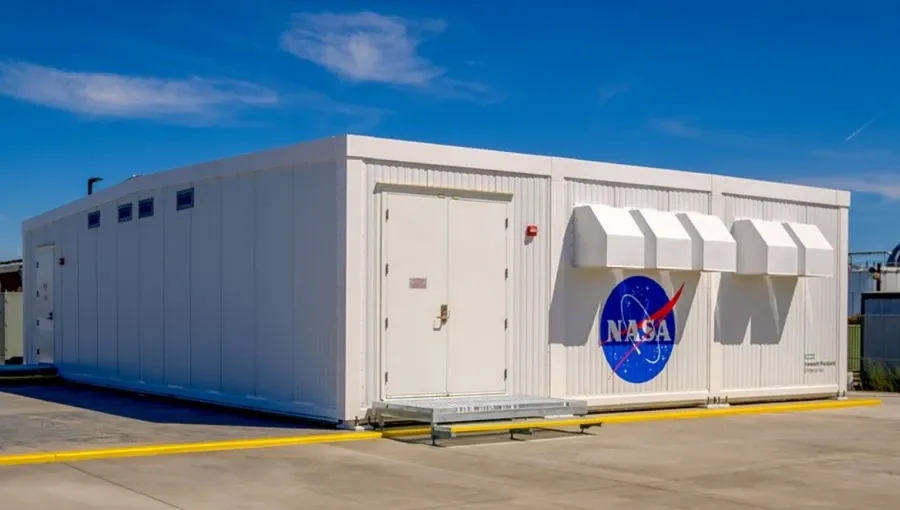Qualcomm Announces Snapdragon 8 Gen 5 Platform
Qualcomm added its latest smartphone platform to its premium-tier Snapdragon range.

Hewlett Packard Enterprise announced that NASA highlighted new research progress to support the next human landing on the moon by performing complex simulations on Aitken supercomputer, which is powered by HPE. New research, which includes understanding the booster separation event and launch environment at Kennedy Space Center during lift-off, will help engineers prepare for a safe and successful spaceflight as part of NASA’s Artemis mission set to launch in 2024.
HPE also announced that it expanded Aitken supercomputer with Apollo systems that are purpose-built for compute-intensive modeling and simulation needs. The expansion of computational power, which will be operational in January 2021, supports NASA’s ongoing research involving computational fluid dynamics (CFD) that are critical to understanding aerodynamic events.
“We are inspired by breakthroughs in scientific research that leverage our high-performance computing technologies. The researchers and engineers at NASA’s Ames Research Center continue to push boundaries to advance space flight,“ said Bill Mannel, vice president and general manager, HPC, at HPE. “We are honored to continue collaborating with NASA and play a role in a historical moment by further expanding NASA’s Aitken supercomputer with Apollo systems to accelerate time-to-insight and safely land the first woman and the next man on the moon.“
Aitken supercomputer was built by HPE in August 2019 to support NASA missions, including research for the Artemis program, a mission to land the first woman and next man on the lunar South Pole region by 2024. Aitken is housed in the first of 12 computer modules in the Modular Supercomputing Facility (MSF), jointly developed by NASA and HPE, to drive greater efficiency and significantly reduce electricity and water use. As a result, Aitken, during its first year of operation, consumed only 16% of the energy needed for cooling, saving over $100K in costs and 1.4 million kilowatt-hours. It also reduced water usage, used to cool the supercomputer, by 91%, saving over one million gallons of water per day.
The supercomputer will expand with Apollo systems using 2nd Gen AMD EPYC processors to provide advanced compute power to support ongoing research. NASA’s engineers need to understand possible events that could occur during booster separation from the core of the Artemis rocket during liftoff, which is critical to the safety of the crew and success of the mission. NASA considers the possibilities that the two solid rocket boosters (SRBs), developed for the mission, will strike the core center or each other during the separation event.